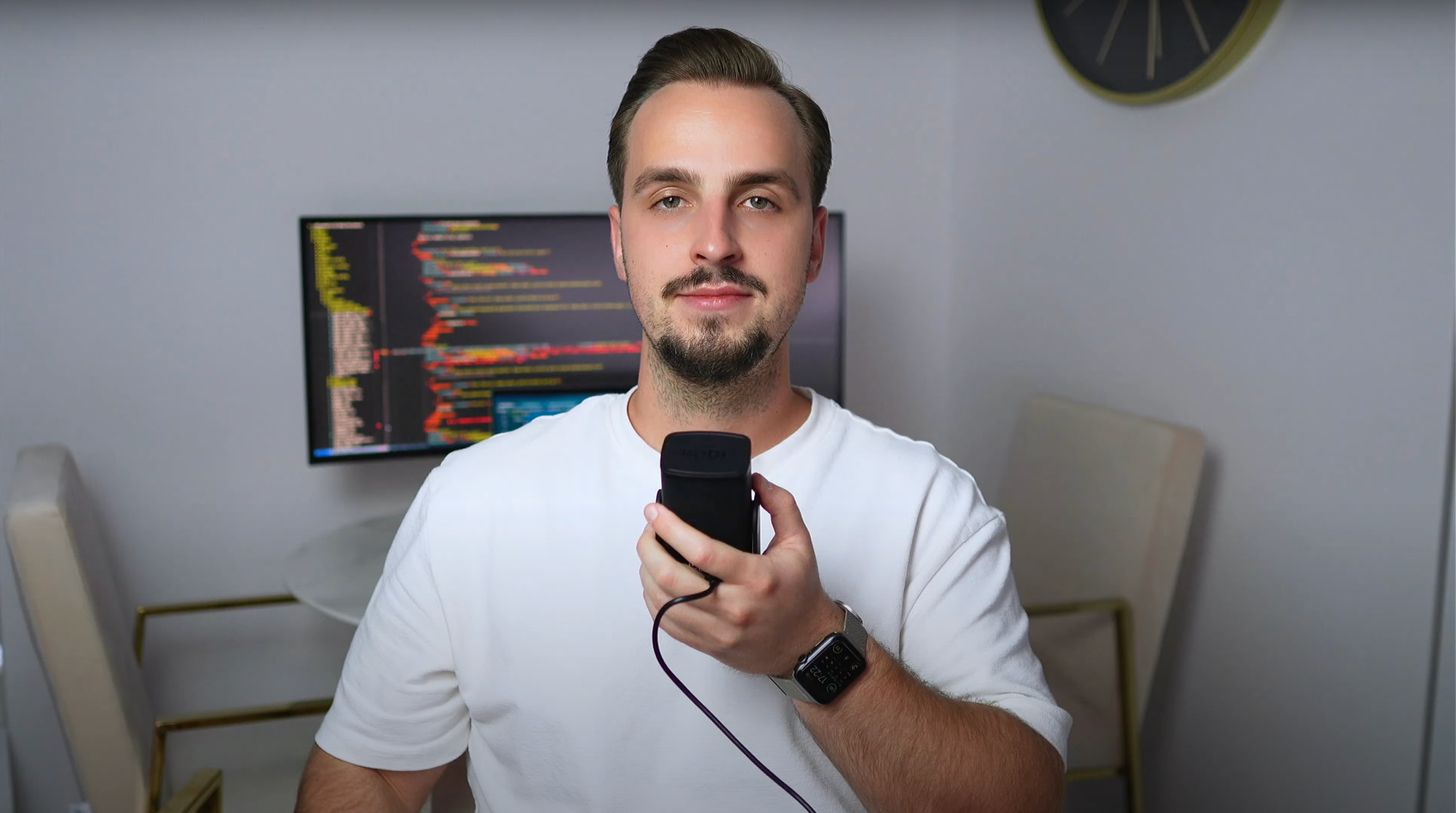Remote work offers a great work-life balance and helps you get back your time, which makes it the preferred choice of working for most developers.
It helps you save a massive amount of time and money by eliminating the daily commute. When I worked in an office, I spent 40 hours commuting each month and $350-500 monthly on travel, coffee, and food. Now I have all that time and money for me and my family. Money comes and goes, but I would never trade my time for my family with anything else.
Anyway, I could go on about how great remote working is, but you most likely work remotely and experience its benefits firsthand. Besides that, the aim of this article is not to show how great remote working is — quite the contrary.
This article aims to show the challenges remote working brings and how to overcome them. As hard as it may be to believe it, remote working is not all fun and games. Remote work introduces new issues, such as isolation, loneliness, harder promotions and health problems. Thankfully, there are ways to fix or minimize their impact, at the very least.
Let's see how you can do it.
Problem 1: Poor home-work separation
One of the most common issues with working remotely is the poor separation between home and work.
When you work from an office, you travel to the office and back home, which acts as a buffer between the two, making it easier to disconnect from work.
However, in the case of remote working, most people work from their homes, which also becomes their workplace. You live and work in the same place. That makes it difficult to disconnect from work once your workday finishes.
That was my experience as well. At the end of the workday, I'd close my laptop and still be in the same place, which started to take a hit on my mental health.
Solution: Separate Office
One effective solution is to physically separate the two. Pick a room for work and only work from there. This allows you to create a boundary between your professional and personal life because that room is only for work, and the rest of the house is for relaxation. When you close the door, you leave the work behind.
That's what I did as well; I built a small office in my boiler room. Yes, you read that right. We lived in a small house, so that was the only place where I could build a dedicated space for working.
Although it wasn't the office one would dream about, it worked well for a year and a bit.
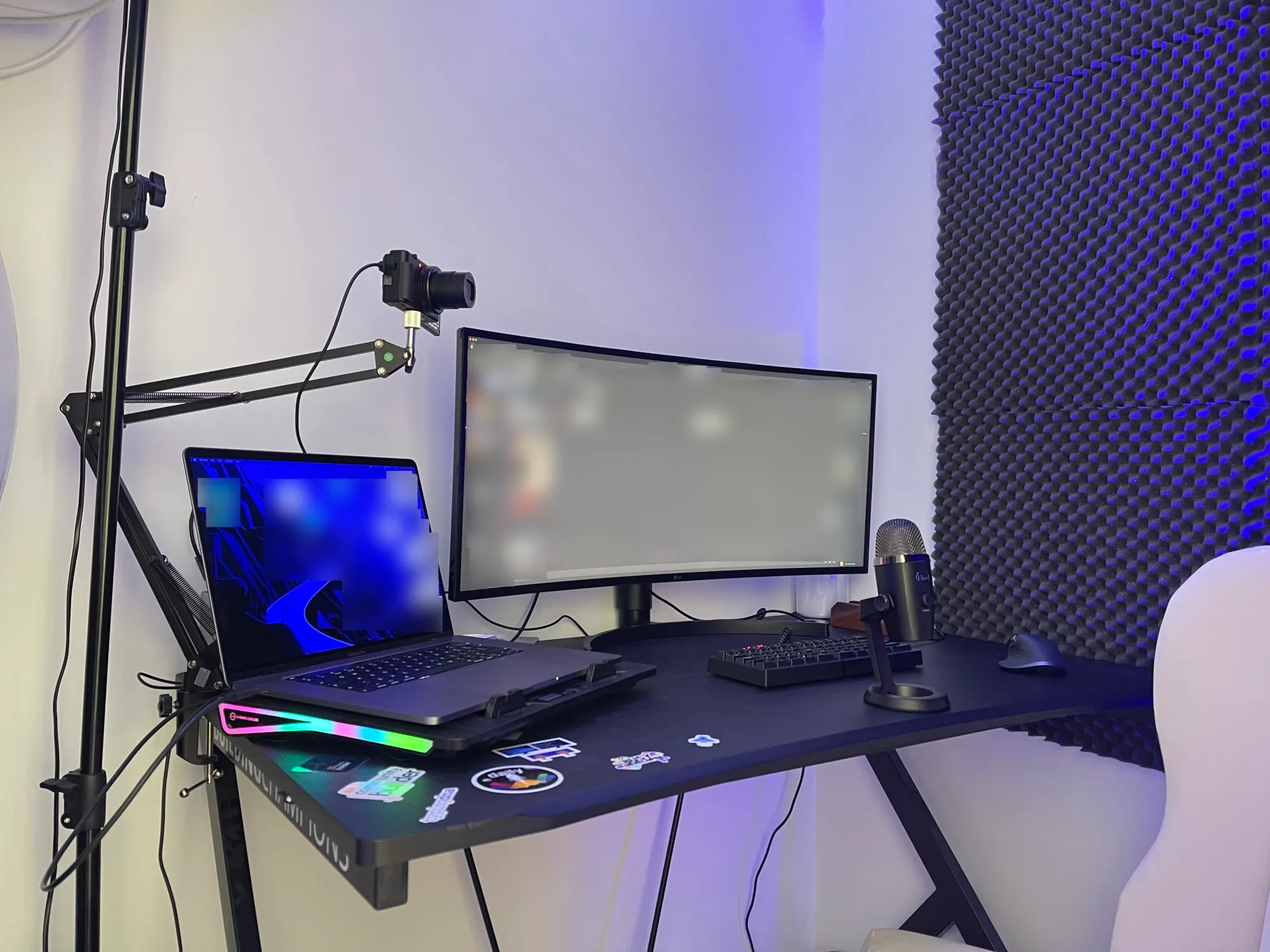
The image above shows my old "office" in the boiler room. Besides being tiny, it was also suffocating since the boiler made a lot of heat.
As a result, I had to find another solution. Since I didn't have any other room in my home available for an office, I started looking for places to rent.
You may wonder - what's the point of working remotely if you're going to an office? That's a valid question, but the office I rented was different from the typical workplace office. In this case, I rented a flat just 5-10 minutes away from my home.
I went from a boiler room where I barely had any space to a flat with 2 rooms for my office. I could finally build a better office with enough space to work, record videos, and breathe.
The image is an older picture of one of my desk setups from the rented office. The office has gone through many changes over the years, though.
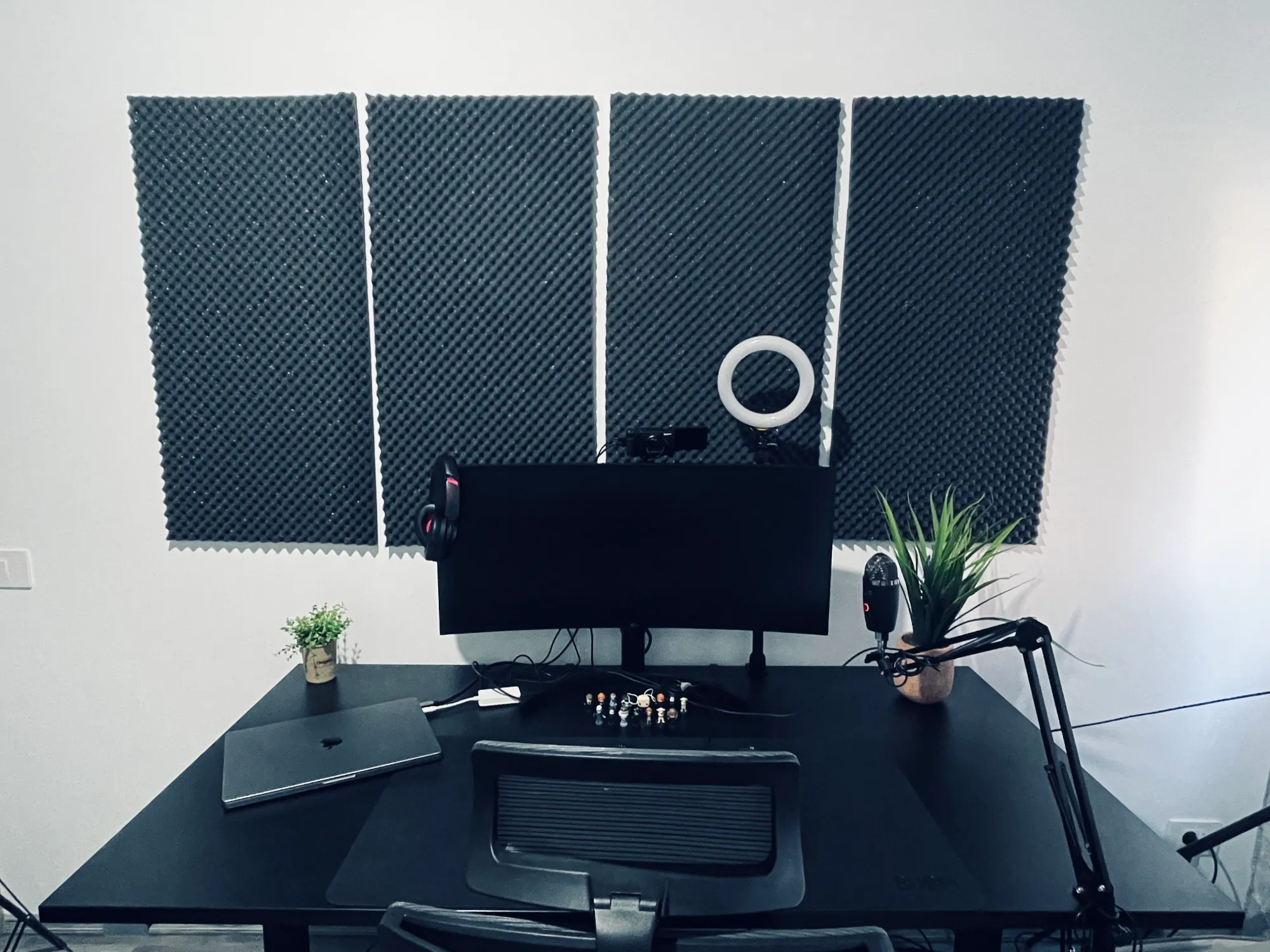
Although it was a rental, it felt like a home office because I could decorate it however I wanted, and I was also the only one working from there. It was a world of difference between a workplace office, my boiler room, and the new flat.
If your house is too small and you can't dedicate a room only for work, I highly recommend looking for a studio to rent. It improved my work-life balance, my productivity and my overall well-being.
Optional Solution: Co-working space
Another solution would be to join a co-working space.
In my case, I couldn't justify paying for one because the cost was similar to the rented flat. On top of that, I'd only get a desk and a chair in an open office compared to the flat, where I had two rooms and a private bathroom. Upgrading to a dedicated office in a co-working space would still be smaller and more expensive.
As a result, co-working spaces were out of the question for me. However, I went to a co-working space a few times on a pay-as-you-go basis because I had a friend working in one. The benefit of joining a co-working space is that you meet other remote workers and make friends.
However, just because it didn't work out for me doesn't mean you wouldn't enjoy working from a co-working space. Give it a go and see how you like it! It's a great option for someone who is particularly social.
Problem 2: Health Problems
Sitting in front of the computer for 6 - 10 hours daily is far from healthy. It can cause a wide range of health problems, such as:
- Vision Problems: dry and irritated eyes and blurred or double vision.
- Body Pain: neck, shoulder and back pain, carpal tunnel syndrome, and poor posture.
- Poor Physical Health: slower metabolism, getting out of shape, and higher risk of cardiovascular problems.
- Mental Health: mental fatigue, sleep problems, and higher risk of anxiety and depression.
As someone who has dealt with burnout three times and has eye problems, I can't emphasize enough how important it is to take your health seriously. Especially if you want a long career and a decent quality of life.
I'm not a doctor, and this isn't a definitive list of issues, but they're common issues that my friends and I experienced by sitting in front of the computer too much.
If you don't take care of your health, your body will force you at some point, and you won't like it.
Solution: Proper Equipment
I can't stress it enough, but proper equipment is a must. A high-quality chair, an adjustable desk, and ergonomic equipment make a huge difference.
In my opinion, the chair is the most important piece. I recently moved my office and had to work from a normal dining chair for a few weeks until I finished setting up my new office. While I could comfortably work from the dining table without any extra equipment, sitting on a normal chair for long periods of time was deeply uncomfortable. Maybe I'm spoiled, but I compare it to my Autonomous ErgoChair Pro chair, which is super comfortable.
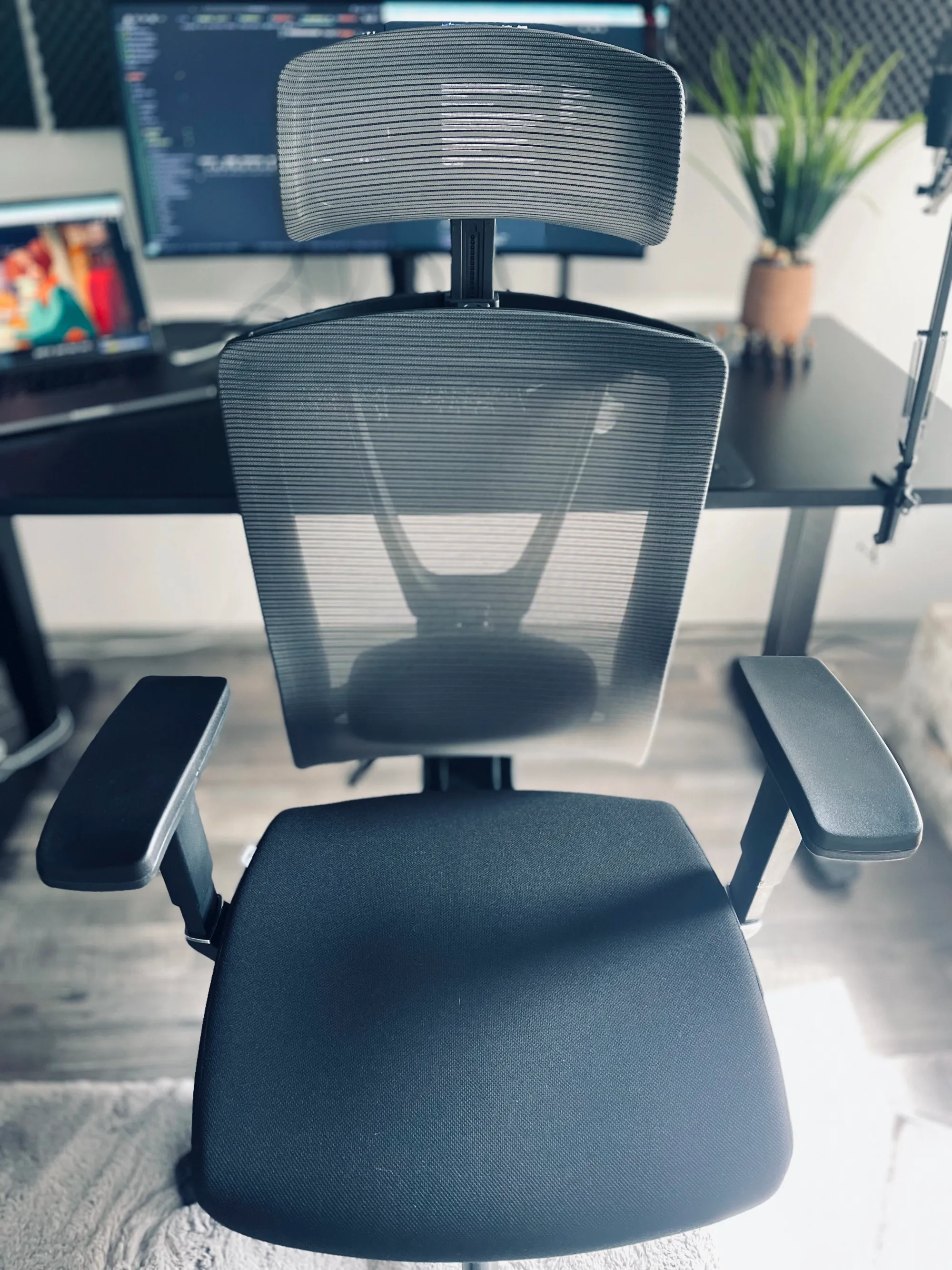
The next most important piece is the ergonomic equipment, such as an ergonomic mouse and keyboard. Such equipment promotes a healthy and comfortable working posture by allowing you to keep your hands, elbows and wrists in a natural and comfortable position. As a result, it reduces the risk of repetitive strain injuries (RSI) like carpal tunnel syndrome and makes the work more enjoyable.
I use the Ultimate Hacking Keyboard V1 as my keyboard and Logitech MX Master 3 as my mouse. Since I started using these two, I never felt discomfort or pain in my hands, wrists, elbows, or arms.
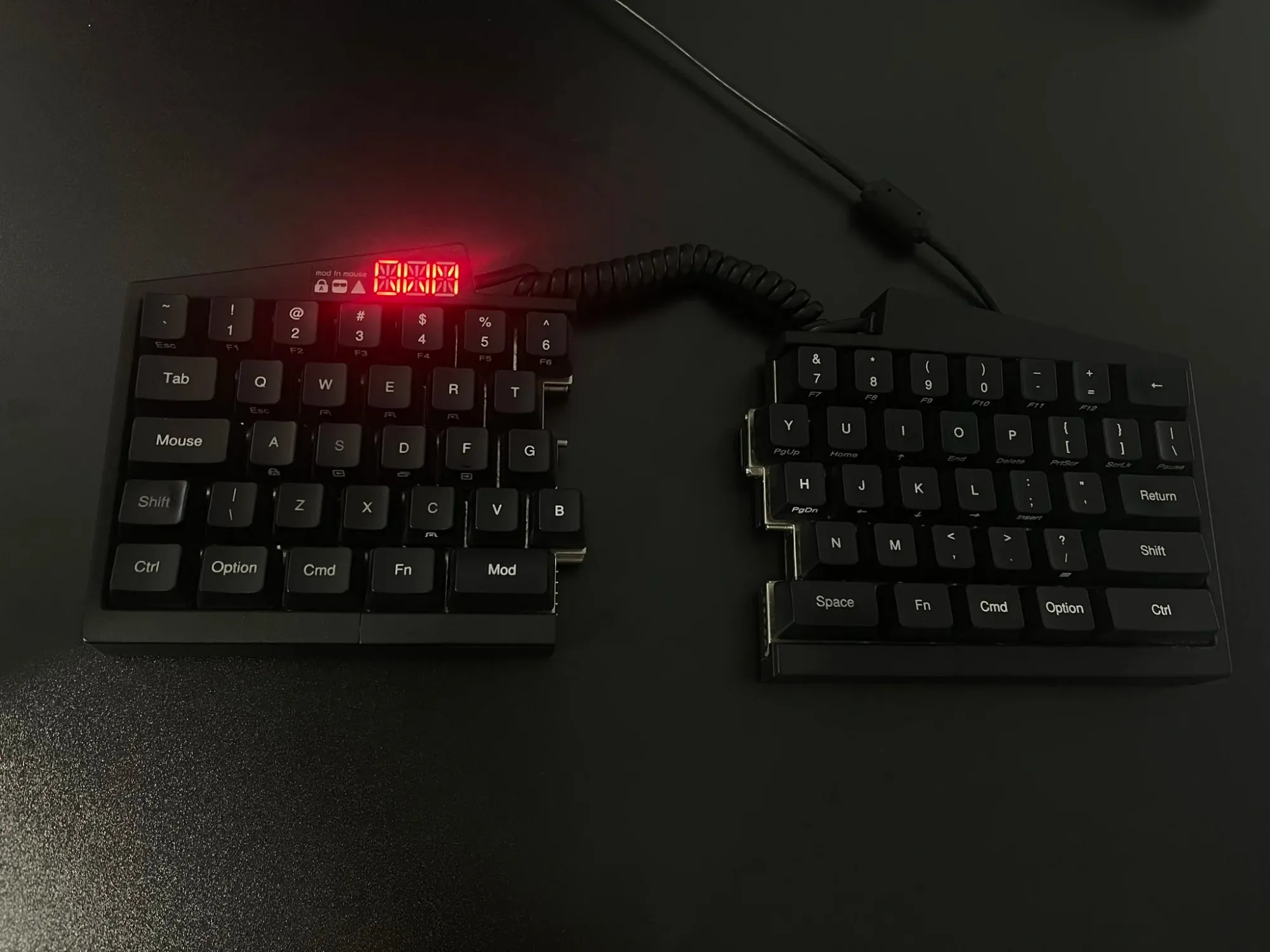
Finally, I recommend getting an adjustable desk. Even though you may not work in a standing position too often, the ability to change position occasionally is helpful. It allows you to alternate between sitting and standing, which helps you stretch and avoid becoming stiff.
You can also adjust the desk height for your sitting position instead of being limited to a fixed height. That allows you to find the most comfortable and ergonomic position for your body.
The bottom line is to prioritise your health before your body forces you. Invest in a good chair, ergonomic equipment, and a standing desk.
Solution: Physical Activity and Sports
One of the best ways to counter the negative effects of sitting most of the day in front of the computer is to be physically active.
My favourite physical activities and sports are weightlifting, football (soccer), and mixed martial arts. Unfortunately, I can't practice all of them, so I only do weightlifting and football, which is sufficient physical activity for me.
I won't lecture you on the benefits of physical activity and sports since most people know them. Just pick an activity or sport you enjoy, and start doing it!
Problem 3: Harder To Get Noticed
A significant drawback of remote working is that it's difficult for your work to get noticed.
Working in an office makes it easier for your managers and colleagues to observe your work ethic and contributions since you're closer to each other physically. By being in the same office, people can come to your desk to collaborate, see the time you spend working, and communicate with you face to face... to name just a few examples.
There's also the "proximity bias" , which is the tendency for managers to unconsciously favour the employees who are physically closer to them. This happens because people naturally feel more connected to the people they see and interact with regularly in person.
In the case of remote working, there is a lack of visibility and connection between the employees and the management, which can result in fewer opportunities for promotions. You need to make an extra effort to get your work recognized.
Solution: Track And Share Your Work
First and foremost, I advise you to track your work separately on a private board.
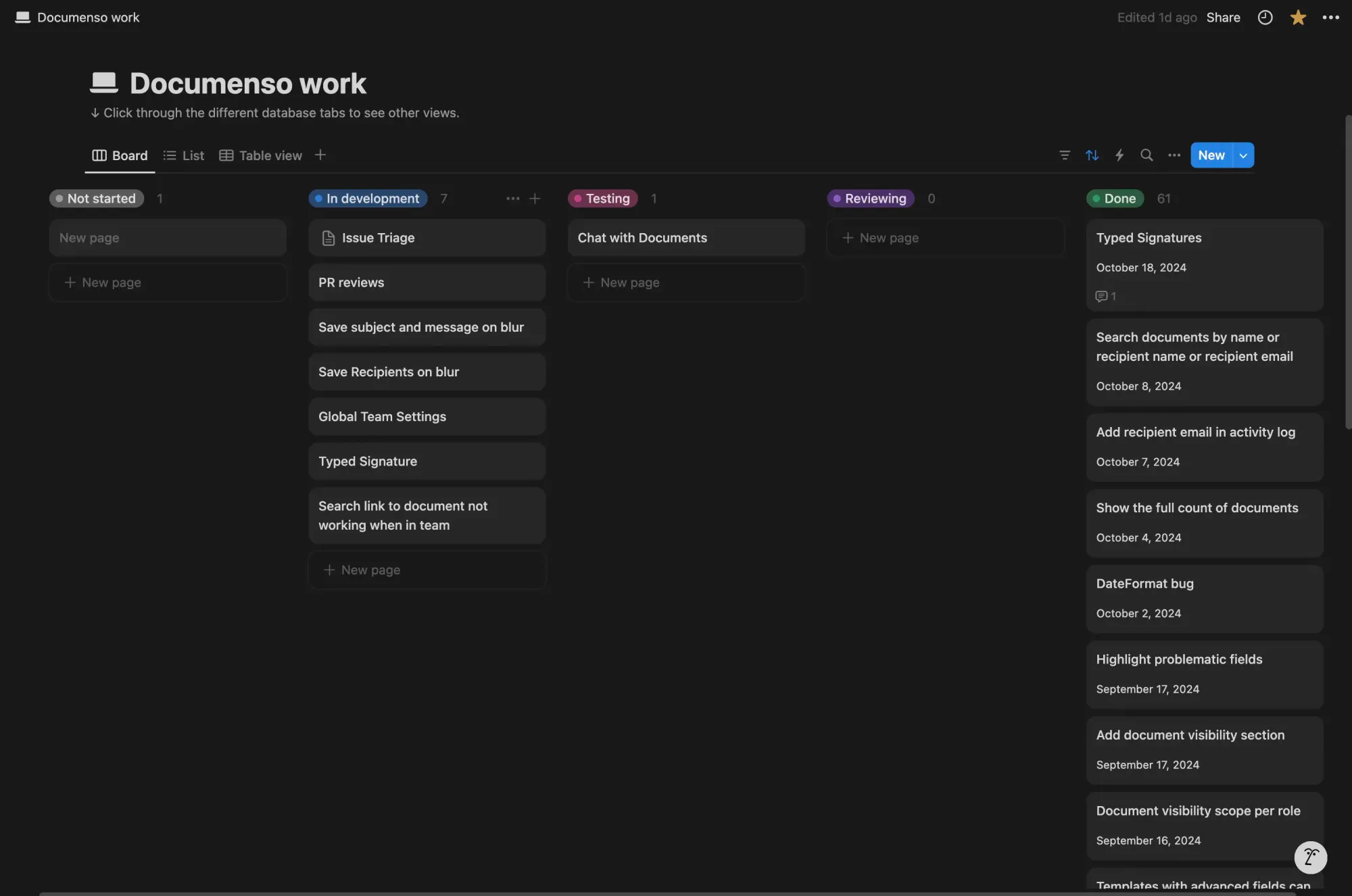
When I shared this advice on social media, some people argued that there's no point in doing it since you can look at the commit history. You can do that, but it's not enough.
A private board removes all the time and effort required to retrieve your work from the repository. Everything you do is safely stored on your board and can be referenced anytime.
Moreover, it allows you to add notes, links, and context for your work. Your dev work is complex and contains particularities and decisions that may not be obvious in a few months. You can quickly refer to this private board if you ever need to remember how and why you did certain things. I can't emphasize how useful this is and how many times this has saved me.
Tracking your work also helps you with performance reviews and promotions. You don't have to go through emails, pull requests, and conversations trying to remember everything you did the past year. With all the work and accomplishments in one place, you can easily present them to your manager. It also gives you a mental boost and a sense of accomplishment when you look at the board and see all your work.
But tracking your work is not enough. You also need to talk about it. What I'm doing is writing articles and recording videos about the work I'm doing. Now, you may think, "come on, not everyone has the the time or permission to talk about their work". Valid. I'm more of an edge case since I work at an open-source company and can talk about my work publicly. However, I challenge you to think about it and see if you can find opportunities to do that.
If that's not possible, think about how you can do it internally. This can be done by writing documentation, creating helper documents, or doing presentations and workshops. They benefit both you and your company. You get to showcase your expertise and work while your colleagues learn something new. On top of that, it helps you get noticed.
Lastly, share frequent updates about your work with the team. An update can be a sneak peek of the feature you're working on, such as a video or a picture with a brief note. While it may not seem like much, it helps draw visibility into your work and keeps your team up-to-date with your progress. It also has the added benefit of catching early bugs or preventing you from going in the wrong direction. Sharing frequent updates with the team helped me save time and avoid wasting time and heading down the wrong path countless times.
In a nutshell, track your work on a private board and talk about it!
Problem 4: Isolation and Loneliness
When you work in an office, you're surrounded by other people with whom you interact willingly or unwillingly. You collaborate with others, make small talk, or go to lunch with colleagues.
When you work remotely, you're alone. There aren't any colleagues near you physically with whom you can interact. As a result, working remotely can feel lonely and isolating, even for people who aren't sociable.
Even though I didn't rely on the workplace to make friends and socialize, I took measures to ensure I didn't feel isolated and lonely. Spending too much time alone can feel like you forget how to interact with others... if it makes sense.
I'll show you some of the things I did to avoid that and how you can do it as well.
Solution: Team Sports
Since you spend most of the day alone, you should do activities involving other people, such as team sports. Any sport is beneficial, but I'd suggest a sport where you're part of a team. Being part of a team forces you to interact with others.
For instance, there's a big difference between lifting weights at the gym and playing football. You could do an entire workout at the gym without interacting with anyone. On the other hand, playing football alone is impossible.
And that's precisely what I did. I started practising kickboxing, which is not a team sport per se, but you need to train with others. As a result, I went to the kickboxing practice each day and recharged my social batteries. On top of the socializing aspect, you also stay fit, healthy and mentally sharp by doing sports.
My advice is to find a sport you enjoy that involves training with other people and start practising. You'll thank yourself.
Solution: Co-working Spaces
Another solution is to use a co-working space. It's a good place to meet others since it's usually filled with remote workers from various professions. If you enjoy working alongside others and are a sociable person, using a co-working space is the way to go.
The End
Everyone's different, and your mileage may vary. With this article, I wanted to share what helped me make remote working even more enjoyable than it already is. If there's something that I missed or could do to make remote working even more enjoyable, feel free to leave a comment.
